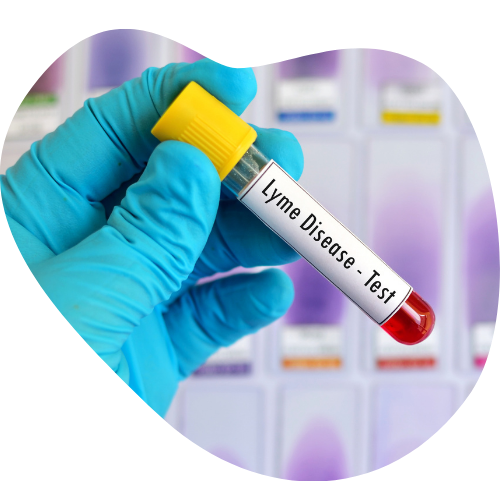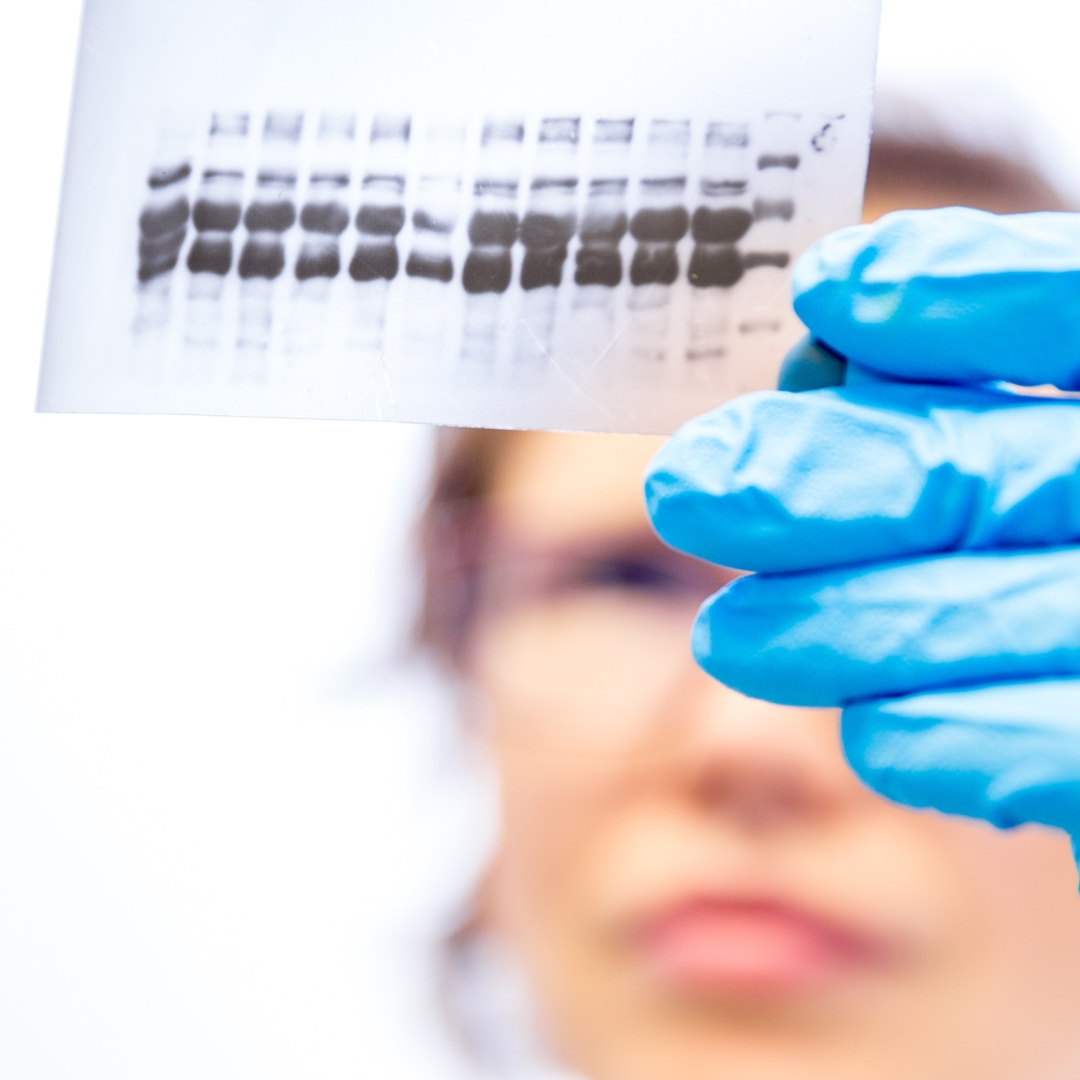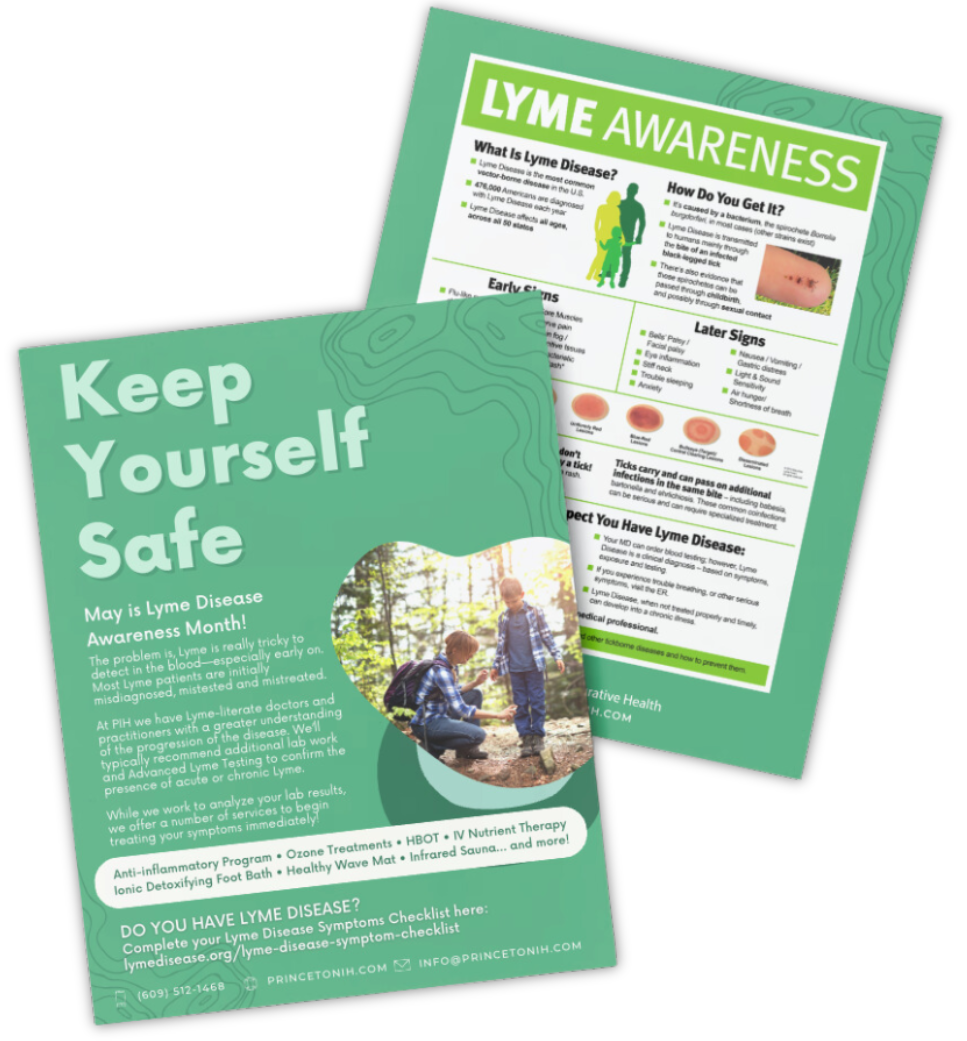
What Is Lyme Disease and How Is It Transmitted?
Lyme Disease, or borreliosis, is caused by the bacterium Borrelia burgdorferi, which can proliferate to every area in your body. A black-legged deer tick has a three-year lifespan, going through four life stages: egg, larva, nymph, and adult. Nymph ticks have the highest infection rate, transmitting the virus to humans through a bite.
Lyme Disease
is the most common American tick-borne infectious disease, and often goes undiagnosed or becomes misdiagnosed. Each year, up to 300,000 new cases a year of Lyme Disease diagnoses have been reported by the Centers for Disease Control and Prevention (CDC), up to 10 times what researchers previously thought.
Symptoms are often mistaken for other conditions, such as ADHD in children, delaying Lyme Disease diagnosis. Furthermore, “hallmark” symptoms, such as the Erythema multiforme rash, are not present in all cases. Left unchecked, Lyme Disease symptoms worsen, creating a host of health issues, such as Alzheimer’s Disease, immune dysfunction and inflammation, neuropathy, and more.
Headache
Fatigue
Rash
Night and day sweats
Chills
Muscle pain
Joint + neck pain
Sleep issues

Early Testing for Tick-Borne Illness
If you suspect a tick bite, it's important to get tested early. When a person receives treatment within six to eight weeks of exposure to Borrelia burgdorferi or Borrelia mayonii and suffers no residual effects after treatment, the diagnosis is acute Lyme Disease. Patients who are not treated at least two months post-bite and have the untreated disease for months, or even years, often develop chronic Lyme Disease.

Overcoming Lyme.
We are always staying up to date on Lyme Disease information, collaborating with Lyme Disease expert, Dr. Tom Moorcroft, and participating in International Lyme and Associated Diseases Society (ILADS). To evaluate treatments' potential success and pitfalls, we delve into current research, experience, and medical opinion.
We practice herbal treatments, in addition to careful use of antibiotics when applicable. A recent study published in the Frontiers of Medicine found that certain plant extracts had strong activity against Borrelia burgdorferi, outperforming antibiotics doxycycline and cefuroxime. Our approach to treating Lyme Disease is designed to not only eradicate the infection, but to promote your energy, sleep, mood, and overall functioning.
A Story of Hope: Carter’s Journey with Lyme
Carter was three years old when his mom Jenna noticed what she thought to be a scratch in his ear. The scratch, however, was in fact a tick. Carter’s pediatrician offered two options: To take antibiotics, or see if a rash would develop. They went with the latter, and Carter continued to have no symptoms until the next year. Then, at four years old, he began to change. Carter was complaining of pain in his hands and bottom of his feet, with relentless pain and discomfort taking a toll on his normally upbeat disposition. His parents also noted behavioral and neurological challenges, including involuntary twitching. His initial labs were positive for Borrelia burgdorferi, and he sought treatment with Dr. Moorcroft. While he made some progress, he was not at a full recovery. Through additional testing with PIH, it was later discovered that Carter was co-infected with Bartonella and had high levels of mycotoxins. We then started Carter on a treatment protocol that helped her feel more at peace and in control. Though his recovery from this condition is ongoing, he can enjoy himself as a pain-free seven-year-old. As he continues to get even stronger, we hope Carter’s story will provide some solace and motivate others with Lyme Disease to face their challenges through a different lens.
Steps to Take After a Tick Bite
Here are some steps for removing a tick:
Remove the tick promptly: Use fine-tipped tweezers to grasp the tick as close to the skin’s surface as possible. Pull upward with steady, even pressure. Clean the bite area with rubbing alcohol or soap and water.
Submit for Testing: Place tick in sealed plastic bag and visit ticklab.org for instructions on how to submit for testing.
Seek medical attention: If you suspect you’ve been bitten by a tick or are experiencing symptoms of Lyme disease, Call our office as soon as possible to schedule an appointment.

You may also like...
Empowered Health Concierge Program
An ideal program for health-seeking clients + patients who are looking for direction and guidance with true practitioner partners on the journey toward optimal health.
HBOT
Providing oxygen to cells in need, aiding in energy generation, healing promotion, and toxin removal. With around 100 recognized conditions, HBOT has shown potential in supporting healing processes.
FX 405 for Chronic Pain
An FDA-approved solution for chronic neck, shoulder, and lower back pain. By stimulating cellular energy production, FX 405 promotes natural healing without surgery, downtime, or side-effects. Plus, it's completely non-invasive!
Princeton Integrative Health
134 Franklin Corner Road
Suite 106, Lawrenceville
NJ 08648
Hours: Mon - Thu: 9am-5pm
Friday 9am-1pm
Call Us: (609) 512- 1468
